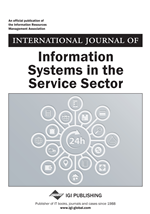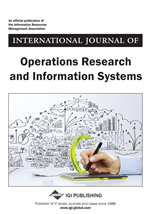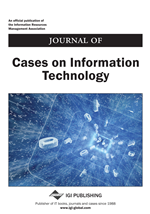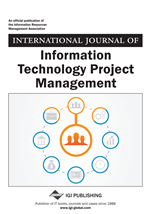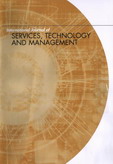
International Conference on Computers and Management (ICCM) 2015

- HOME
- CALL FOR PAPERS
- ORGANIZERS
- SUBMISSION
- REGISTRATION
- SPEAKERS
- PROGRAM
- ACCOMMODATION
- SPECIAL SESSIONS
- CONTACT US


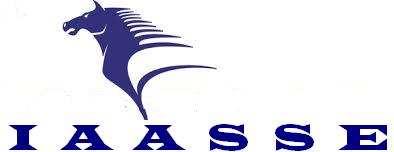
Special Sessions
Innovation in networking using SDN and NFV
Session is basically focused on the emerging trends in networking where networking is merged with software which make networking a open source platform for the upcoming technology and user friendly. This technology also uses cloud computing. Software Defined Networking (SDN) and Network Function Virtualization (NFV) are two disruptive paradigms that are shaping the future networking landscape. These two technologies enabling flexible management solutions and also introduce new challenges to the area of network management.
Network Functions Virtualization (NFV) and Software Defined Networks (SDN) enable rapid networks and services innovation for all participants in the ecosystem. Decoupling network functions from the underlying physical infrastructure using virtualization technologies enables Service innovation. SDN allows programmability of the NFV infrastructure to support the deployment of new network functions in a variety of environments including campus & enterprise networks, data centers, telecommunications networks providers, ISPs, cloud providers and over-the-top (OTT) applications & services providers. NFV enables network capacity and functionality to be decoupled, allowing network functions to be dynamically deployed whenever they are required and wherever they can be hosted. The dramatic industry transformation implied by NFV and SDN will not only impact network computing platforms and network architecture, but will also open up new avenues of research.
Subject areas to be covered by this special session:
- Networking
- Security
- Cloud computing
- Open source
Intelligent Image Analysis and Understanding
Image analysis and understanding have been a daunting task in the computer vision research community given the vast amount of uncertainty involved therein. Proper analysis of images plays a key role in many real life applications. Traditional applications include image processing, image mining, image inpainting, video surveillance, intelligent transportation systems to name a few. As an example, albeit ageing mitigates the glamour in human beings, wrinkles in face images can often be used for estimation of age progression in human beings. This can be further utilized for tracing unknown or missing persons. Images exhibit varied uncertainty and ambiguity of information and hence understanding an image scene is far from being a general procedure. The situation becomes even graver when the images become corrupt with noise artifacts. Conventional computing paradigms often fall short of offering solutions to them. Even latest soft computing paradigms are not too robust to handle the situations. Hybrid soft computing is a paradigm which addresses these issues to a considerable extent.
Another emerging area of image analysis
and understanding is color image processing which includes
processing of colored images in different color spaces. It also
involves studying transmission, storage, and encoding of these
color images. Pattern recognition involves study from
image processing and from various other fields that includes
machine learning (a branch of artificial intelligence). In pattern
recognition, image processing is used for identifying the objects
in an image and then machine learning is used to train the system
for the change in pattern. Pattern recognition is used in computer
aided diagnosis, recognition of handwriting, recognition of images
etc.
Subject areas to be covered by this special session:
- Image thresholding
- Image analysis
- Image understanding
- Image preprocessing and enhancement
- Image segmentation
- Image inpainting
- Image mining
- Age estimation based on face recognition
- Pattern recognition
- Medical image processing
- Remote sensing imagery
- Video processing
- Gesture analysis
- Handwriting recognition
- Human mind analysis
Deadlines To
Remember
Submission
(Extended) October
10, 2015
Acceptance
October 31,
2015
Registration
November 15,
2015
Conference
December 16-17,
2015
